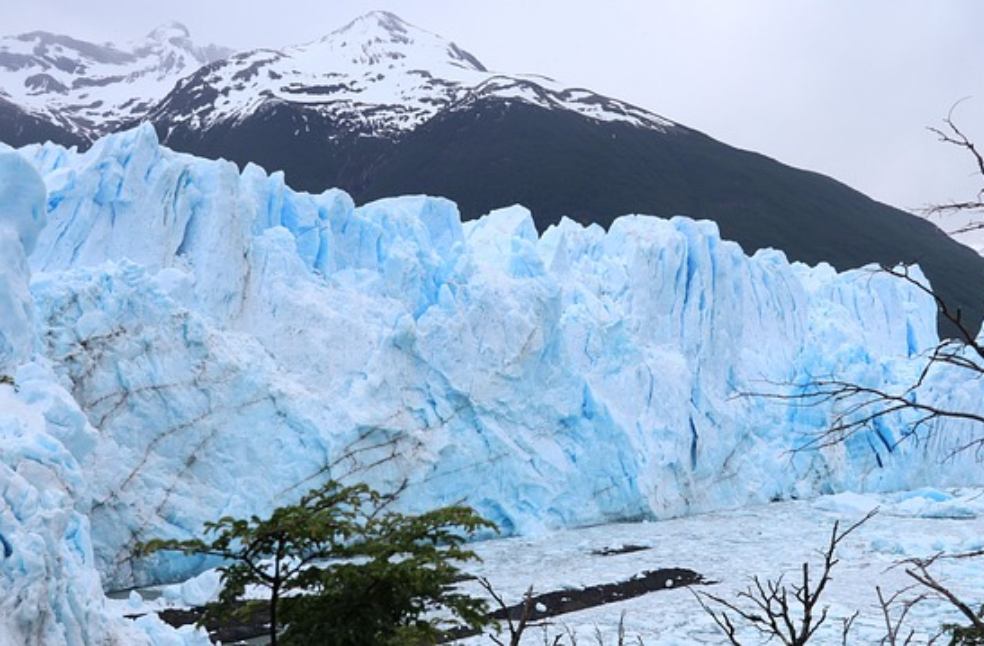Argentina: A series of massive ice calving events at the world-famous Perito Moreno Glacier has triggered urgent concerns from scientists and environmental experts. Long regarded as a rare exception among retreating glaciers, Perito Moreno is now exhibiting clear and measurable signs of accelerated glacial mass loss, closely tied to the ongoing effects of climate change.
An ice block 70 metres (230 feet) in size, equivalent to a 20-storey building, collapsed into the turquoise waters of Lake Argentina. Tourists standing on the viewing Perito Moreno Glacier, at Los Glaciares National Park, watched in awe as the ice plunged into the lake. While the scene remains visually stunning, researchers and local guides express growing concern over the frequency and scale of these events.
Argentine glaciologist Lucas Ruiz of CONICET, Argentina’s state science body, said it had been in more or less the same position for the past 80 years. And that’s unusual. However, since 2020, signs of retreat have begun to be seen in some parts of the Perito Moreno glacier’s face.

Lucas Ruiz stated that, “The thing with Perito Moreno is that it took a while, so to speak, to feel the effects of climate change. Now the glacier is losing both in thickness and area.” Ruiz’s research, presented in a state-backed 2024 report to Argentina’s Congress, found that since 2015, the glacier has been losing mass at an average rate of 0.85 metres per year, the fastest and most sustained loss recorded in 47 years.
According to Pablo Quinteros, an official tourist guide at the park, “Ice calving events of this size haven’t been very common at the Perito Moreno glacier over the past 20 years.” Monitoring instruments have revealed that air temperatures in the region have risen by around 0.06 degrees Celsius per decade. Meanwhile, precipitation is decreasing, resulting in reduced snow and ice accumulation at the glacier’s upper levels. This imbalance is now leading to increased melting and more frequent calving at the glacier’s face.



